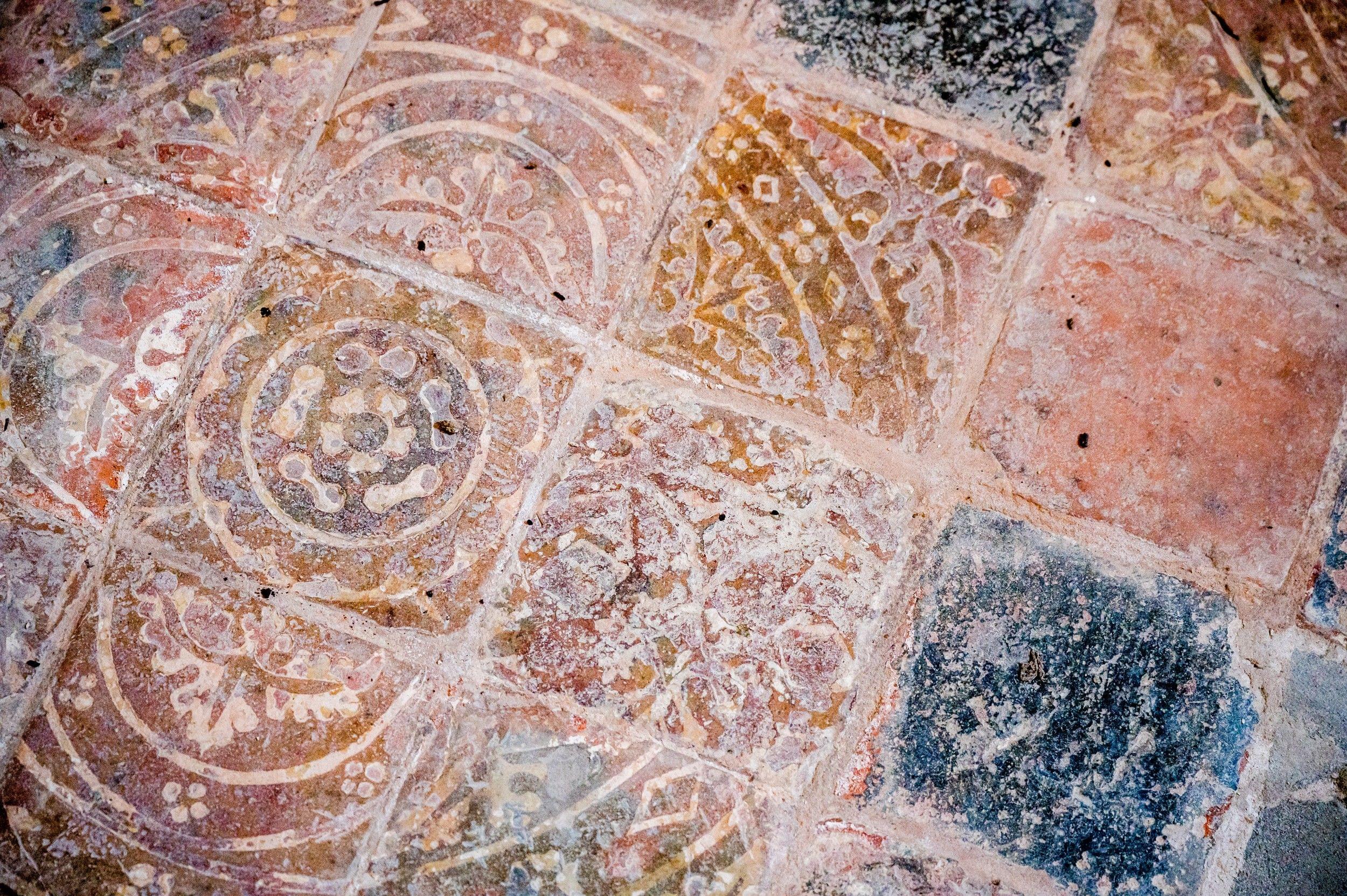St John the Evangelist
Cullingworth, Yorkshire
Located in an attractive conservation area and arguably the most prominent of all the buildings, St John's was built between 1851 and 1853 and listed for its architectural and historic merits.

The earliest record of Christianity in the area round Keighley dates from 867 AD, when Archbishop Wulfhere of York fled from marauding Danes to Addingham.
Keighley, Yorkshire
The earliest evidences of Christianity in Keighley were discovered in the foundations of the medieval church when it was demolished in 1805. The earliest written record of Keighley church is a charter dated 1168-79. There are two more ancient grave slabs in the church.
There is no record of any disturbances in Keighley over the Reformation. Rector Christopher Ashton (1524-1555) served under Henry VIII before and after his break with Rome, Protestant Edward VI and Catholic Mary.
During the civil war, there was a parliamentary garrison in the town, while the royalist Cliffords held Skipton. Twelve soldiers are recorded as being buried in the churchyard, including four after a skirmish in February 1644. Baptisms and church weddings were suspended under the puritans from November 3rd 1653.
After the Restoration, a new altar and font were made. The date AD1661 can still be seen on the font with the symbols of wreath, chalice, cross, pincers and nails. When the church was rebuilt in 1848 a new font was provided, and the old one thrown out. It was later discovered being used as a blacksmith's slaking trough, and restored to the church in 1932.
The oldest gravestone in the churchyard is dated 1690, although the churchyard must have been in use since the church was built, and possibly before. It was extended down to the beck in 1793. Miles Gale's plan of the Church in 1713 shows a charnel house adjoining the north side of the tower; this was for storing old bones found when the sexton dug a new grave.
The population of Keighley grew as a market town from the Black Death until the Industrial Revolution in line with the rest of the population of England. The increase in population meant that the medieval church was not large enough. It was blown up in 1805, and a new building erected in 1807. Unfortunately the roof was badly built, so that in 1843 the building had to be demolished and the present building erected in 1848.
Cullingworth, Yorkshire
Located in an attractive conservation area and arguably the most prominent of all the buildings, St John's was built between 1851 and 1853 and listed for its architectural and historic merits.
Steeton with Eastburn, Yorkshire
St Stephens welcomes all, situated in the oldest part of the village.
Bingley, Yorkshire
The first records of the church indicate it was rebuilt some time after 1066 by the Lord of the Manor, William Paganel, who gave it, with other possessions of his, to Drax Priory in the time of Archbishop Thurstan (1119–1140).